Abandoned railway corridors across America are finding new life as recreational trails, transforming forgotten transportation infrastructure into valuable community assets. These rail-to-trail conversions preserve the gentle grades that trains required while creating safe, accessible pathways for walking, cycling, and connecting communities.
The movement has gained tremendous momentum as towns and cities recognize how these linear parks can boost local economies, improve public health, and provide green corridors through both urban and rural landscapes. What makes rail trails particularly appealing is their engineering legacy—railroad companies built these routes to minimize steep climbs and sharp turns, creating naturally comfortable paths for recreational users.
Here is a list of 20 outstanding rail trails that showcase the incredible potential of converting old railway lines into vibrant public spaces.
High Line
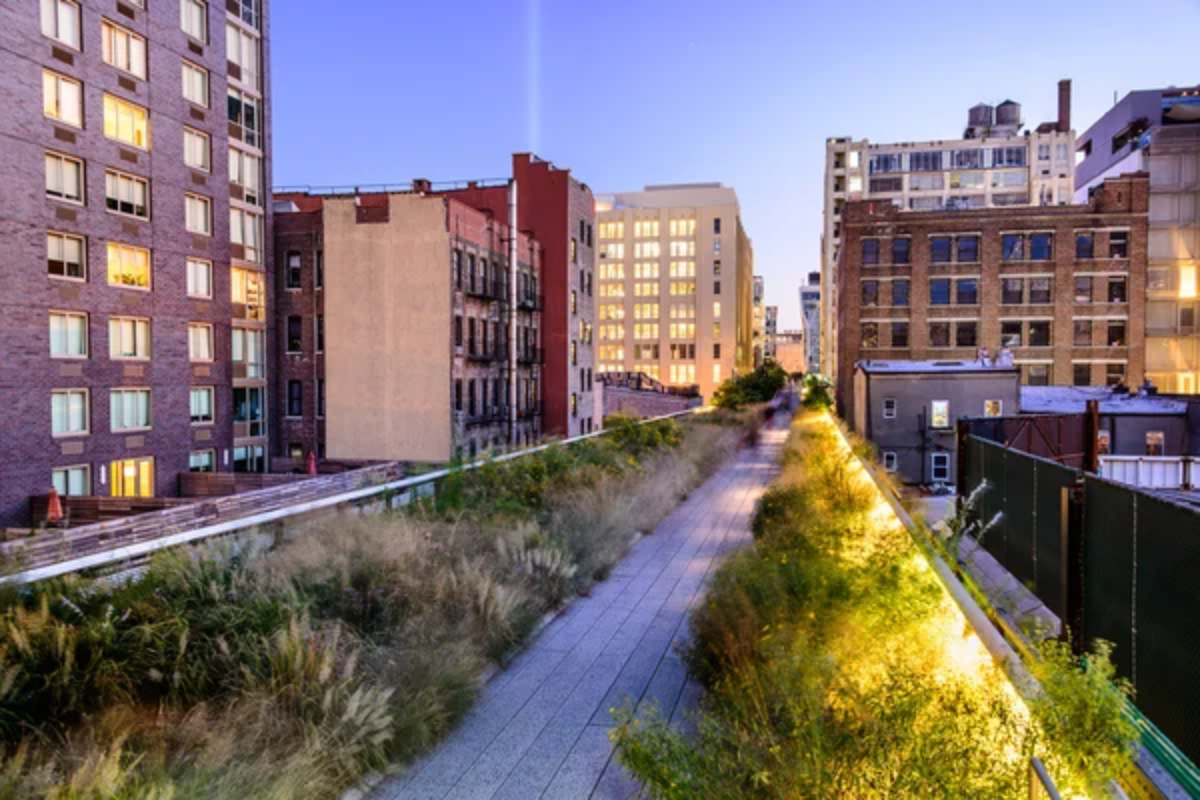
New York City’s High Line transformed an abandoned elevated freight railway into one of the world’s most celebrated urban parks. Built on a 1.45-mile stretch of former New York Central Railroad tracks, this linear park winds through Manhattan’s Meatpacking District and Chelsea neighborhoods.
The trail preserves much of the original railway infrastructure while incorporating native plants and art installations that create a unique walking experience 30 feet above the bustling streets below.
Atlanta BeltLine
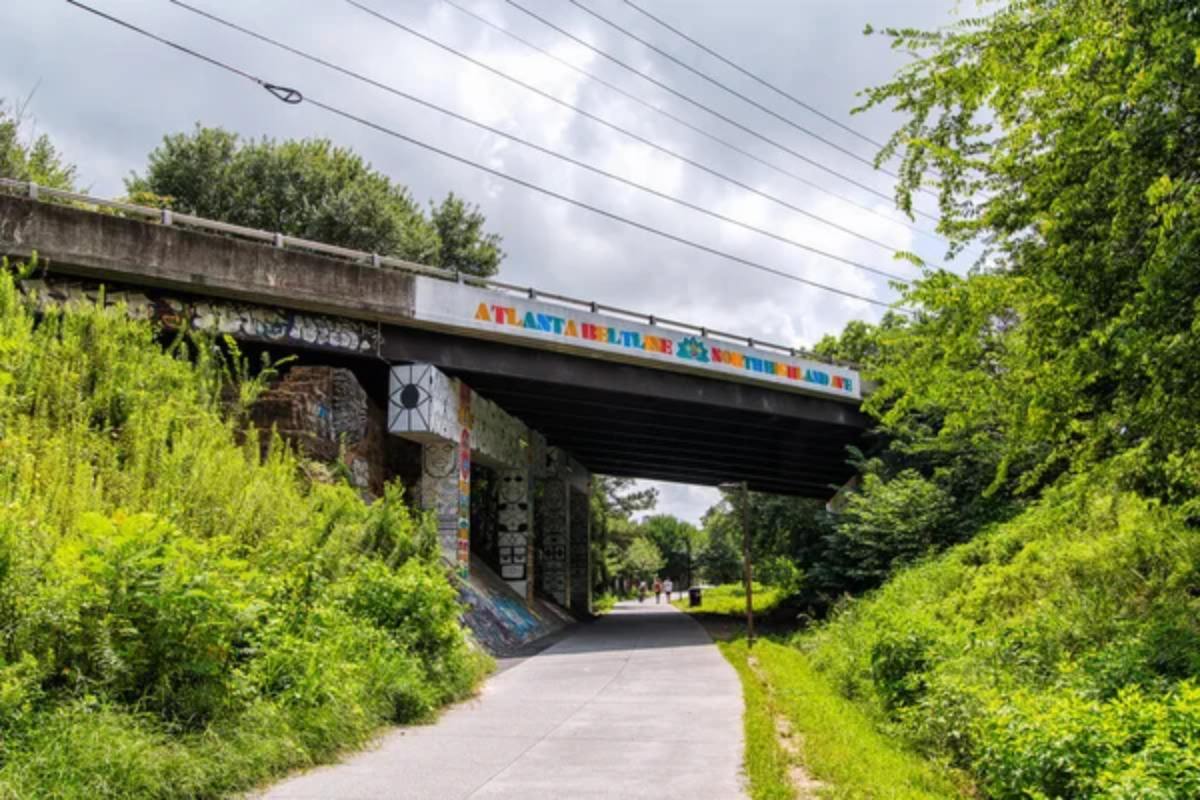
The Atlanta BeltLine represents one of the most ambitious rail trail projects in American history. It eventually connects 45 neighborhoods through a 22-mile loop of former railway corridors.
The completed sections already showcase how rail trails can catalyze urban development, with new restaurants, shops, and housing emerging along the pathway. This project demonstrates how rail trails can become the backbone of urban redevelopment while preserving green space in rapidly growing cities.
Like Travel Pug’s content? Follow us on MSN.
Katy Trail
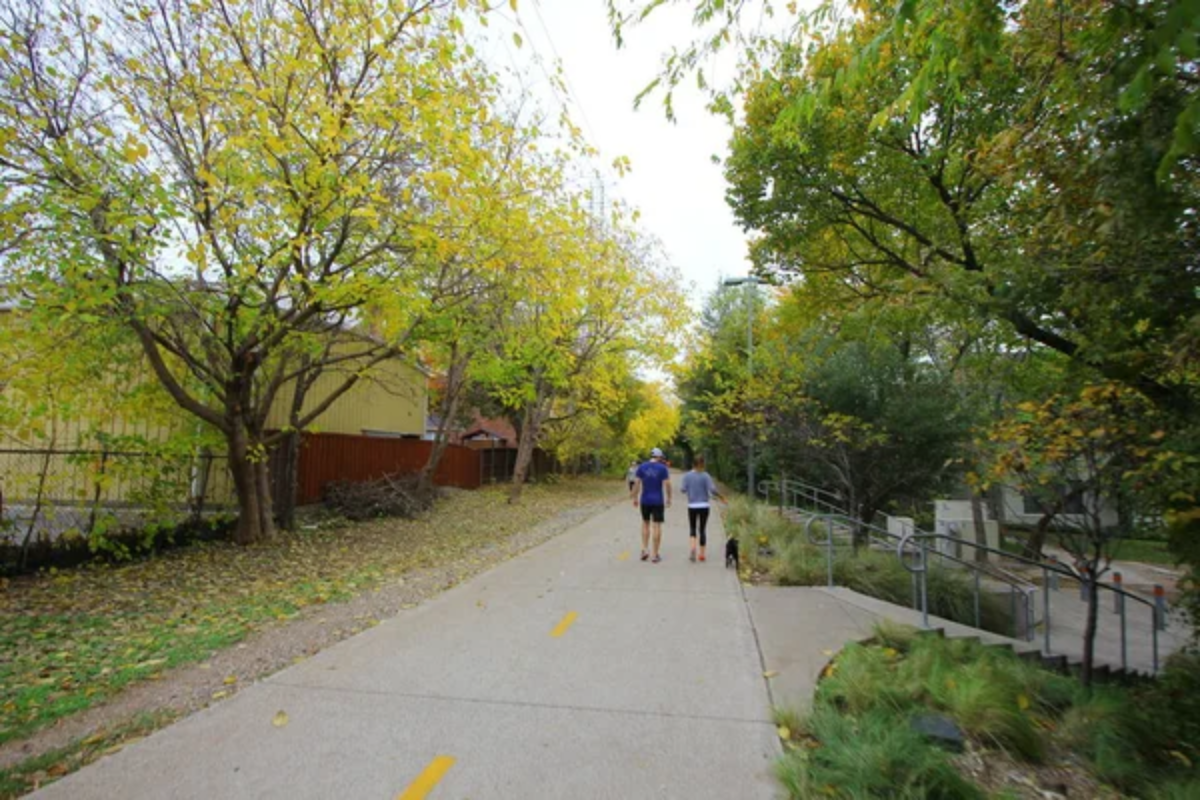
Missouri’s Katy Trail stretches 240 miles across the state, making it one of the longest rail trails in America. Built on the former Missouri-Kansas-Texas Railroad corridor, this crushed limestone path follows the Missouri River through small towns, vineyards, and rolling farmland.
The trail’s gentle grade and scenic beauty attract cyclists from around the world, while its route through historic river towns provides economic benefits to rural communities.
Great Allegheny Passage
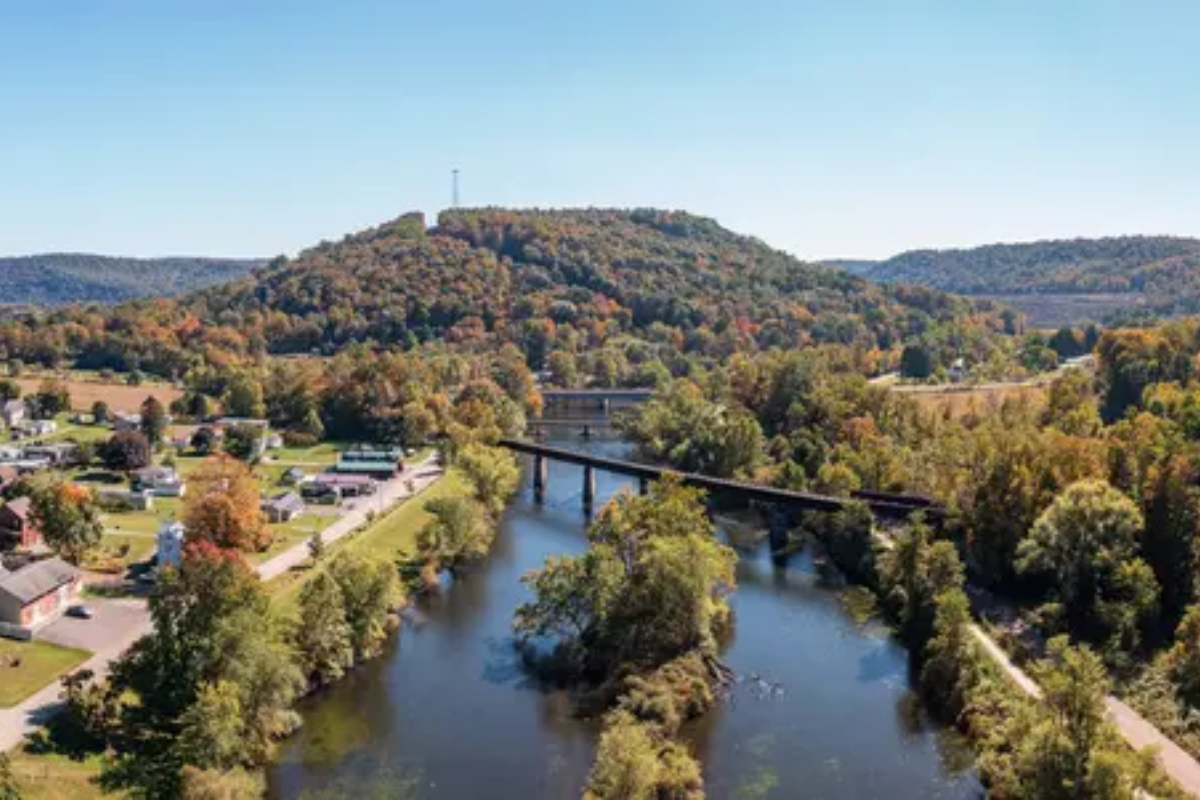
The Great Allegheny Passage connects Pittsburgh, Pennsylvania, to Cumberland, Maryland, through 150 miles of former railway corridor that showcases Appalachian beauty. This trail follows the path of the Western Maryland Railway and Pennsylvania Railroad through river valleys, over historic bridges, and past remnants of America’s industrial heritage.
The crushed limestone surface accommodates everything from casual family rides to serious long-distance cycling adventures.
Burke-Gilman Trail
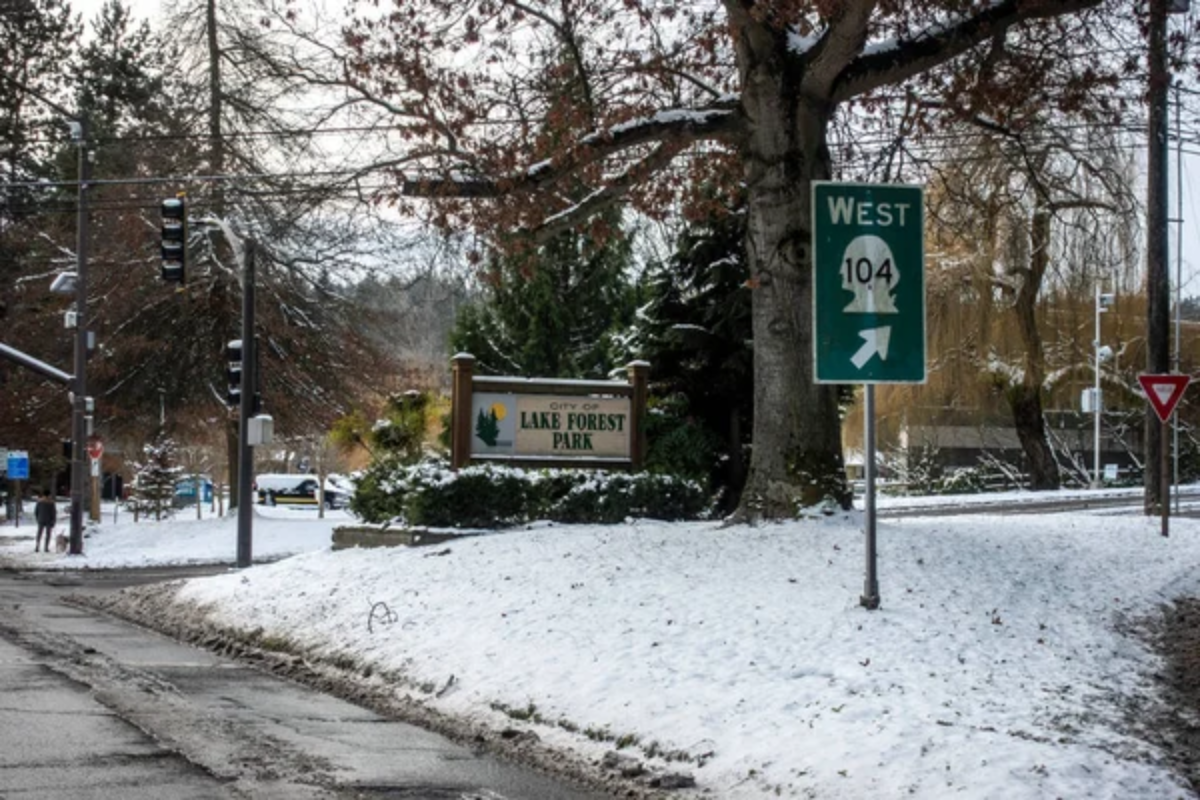
Seattle’s Burke-Gilman Trail demonstrates how rail trails can serve as vital transportation corridors in urban areas. This 27-mile trail follows the former Seattle, Lake Shore and Eastern Railway through neighborhoods, parks, and along the shores of Lake Washington.
The paved pathway has become an essential commuting route for thousands of Seattle residents while providing recreational opportunities that connect the city to its natural surroundings.
Like Travel Pug’s content? Follow us on MSN.
Capital Crescent Trail
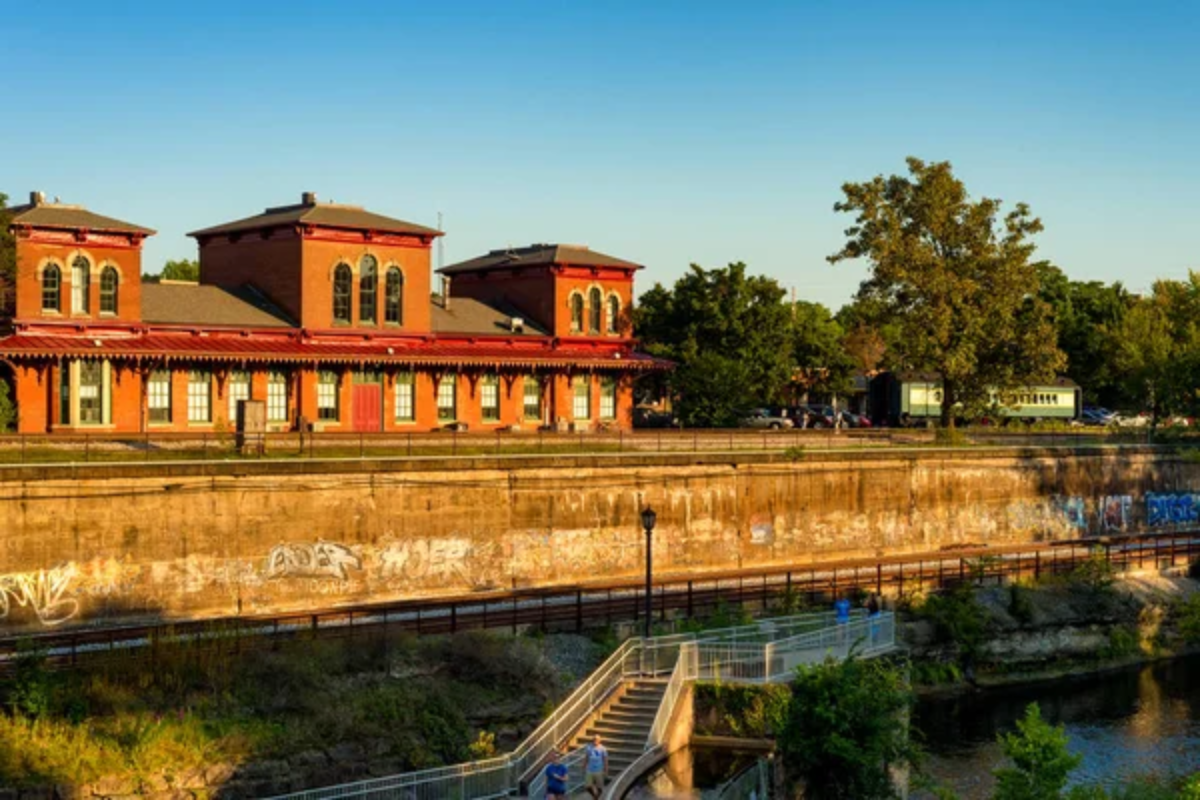
The Capital Crescent Trail connects Washington, D.C., to Silver Spring, Maryland, along 11 miles of the former Baltimore and Ohio Railroad corridor. This paved trail passes through some of the most affluent neighborhoods in the D.C. metro area while providing a car-free route for both commuters and recreational users.
The trail’s connection to the larger regional trail network makes it possible to travel dozens of miles through the metropolitan area without relying on car travel.
Minuteman Bikeway
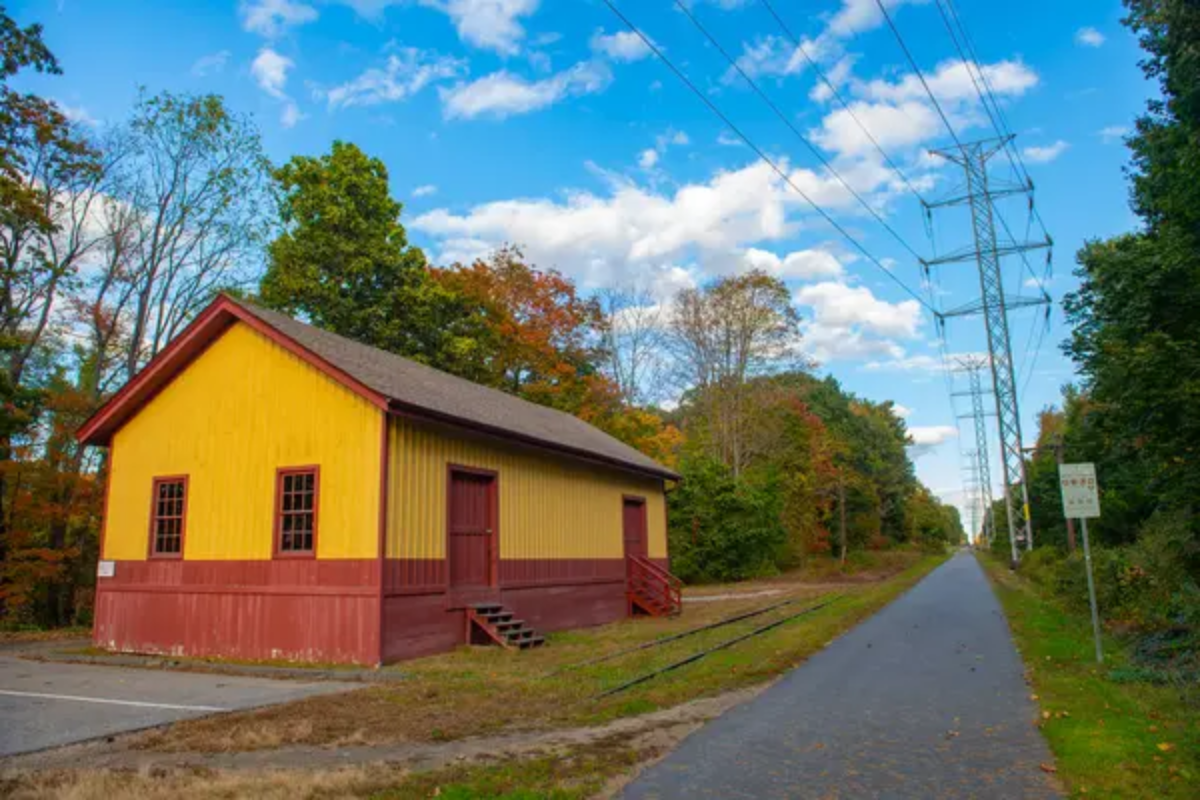
Massachusetts’ Minuteman Bikeway follows 10 miles of former Boston and Maine Railroad corridor from Cambridge through historic Lexington and Concord. This paved trail passes directly through the landscape where the American Revolution began, connecting commuters and tourists to sites like the Battle Green and Walden Pond.
The trail’s name and route create a unique combination of transportation utility and historical education that serves multiple community needs.
Monon Trail
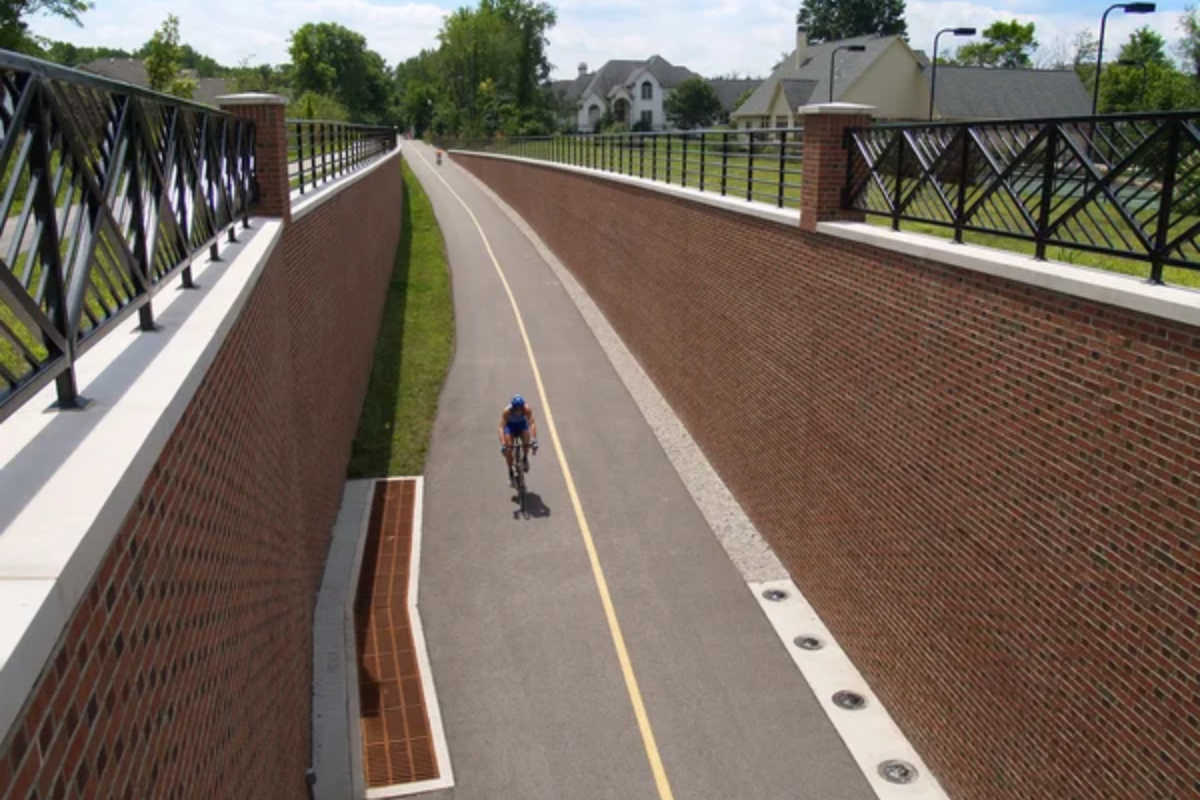
Indianapolis transformed 16.7 miles of former Monon Railroad corridor into a trail that has become the backbone of the city’s recreational transportation network. The paved trail connects downtown Indianapolis to northern suburbs while passing through diverse neighborhoods and commercial districts.
This trail demonstrates how rail-to-trail conversions can unite communities that were previously divided by active railway lines, fostering new community connections and commerce.
Like Travel Pug’s content? Follow us on MSN.
Lakefront Trail
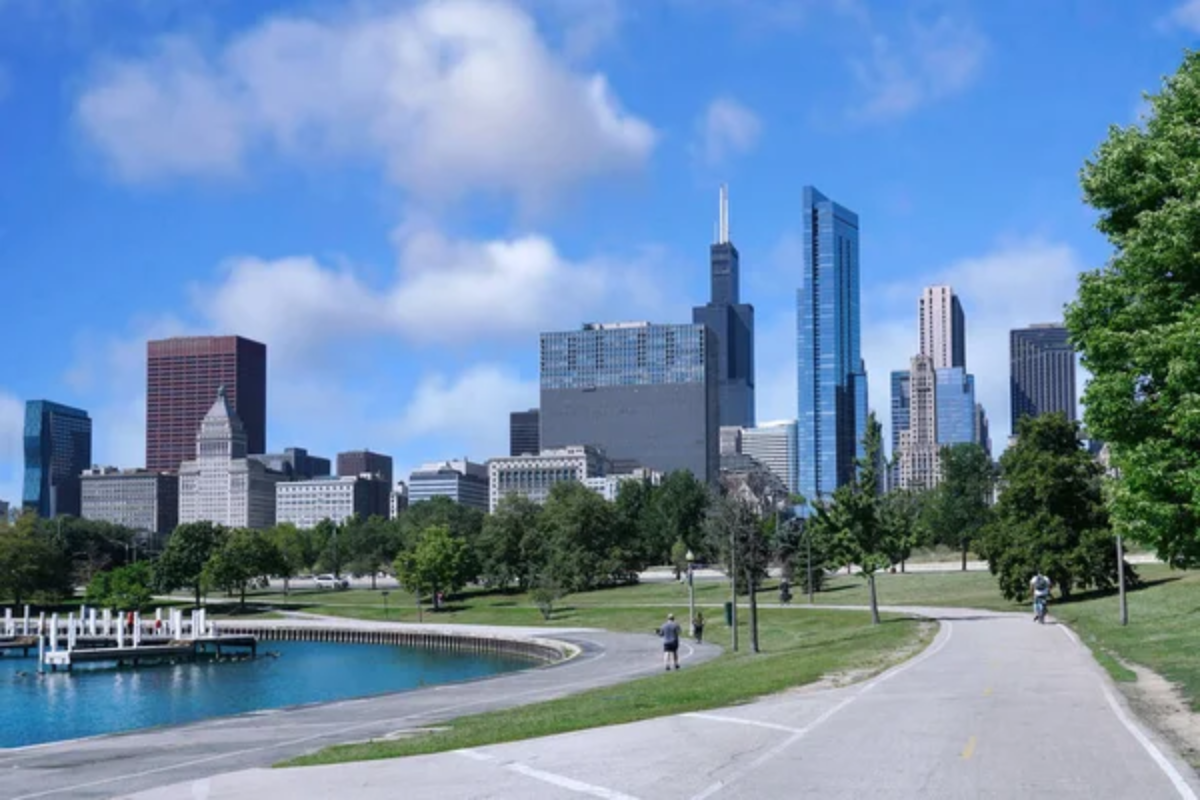
Chicago’s Lakefront Trail, while not entirely built on a former railway corridor, incorporates significant sections of abandoned rail lines along its 18-mile route beside Lake Michigan. The trail connects beaches, parks, and neighborhoods while providing stunning views of both the lake and the city skyline.
This pathway shows how rail trail concepts can be integrated into larger urban trail systems to create comprehensive recreational networks.
American River Bike Trail
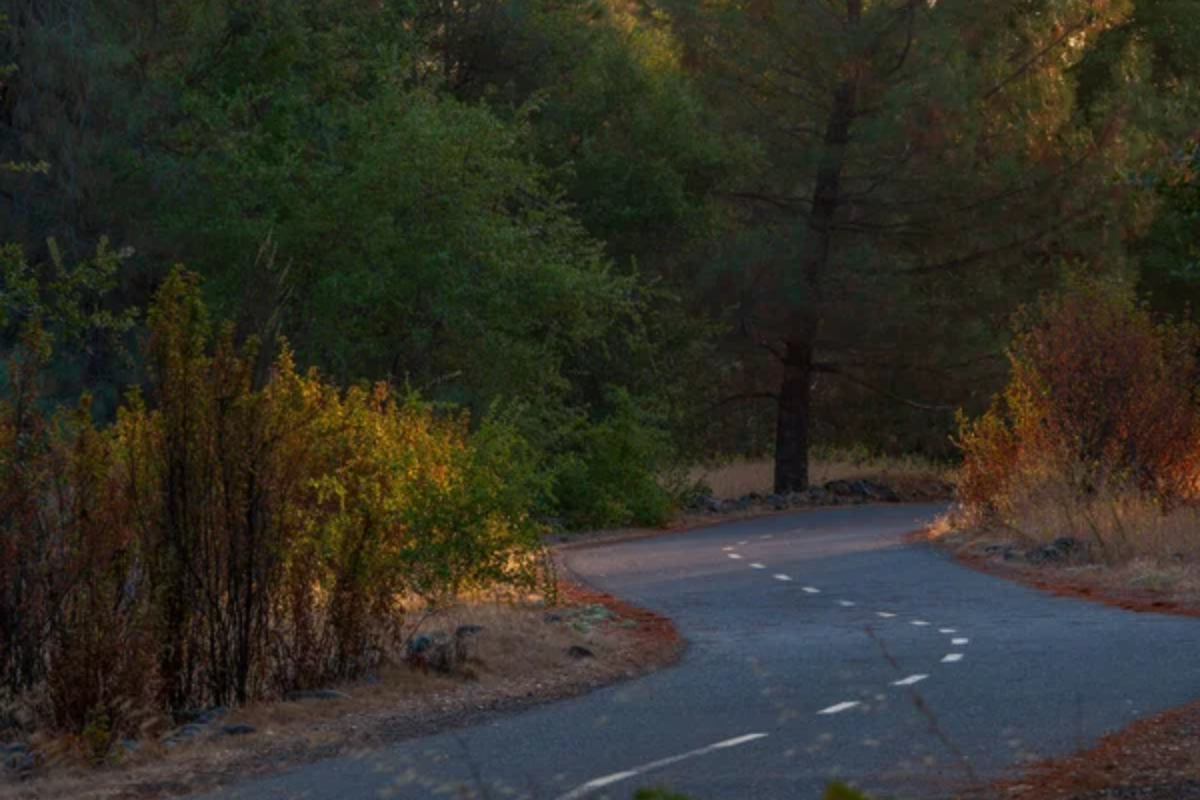
Sacramento’s American River Bike Trail follows 32 miles of mixed corridor, including former railway lines, along the American River from downtown Sacramento to Folsom Lake. The paved trail provides a completely separated pathway for cyclists and pedestrians while showcasing California’s Central Valley landscape and Gold Rush history.
This trail demonstrates how rail-to-trail conversions can highlight regional natural and cultural resources while serving urban transportation needs.
Legacy Trail
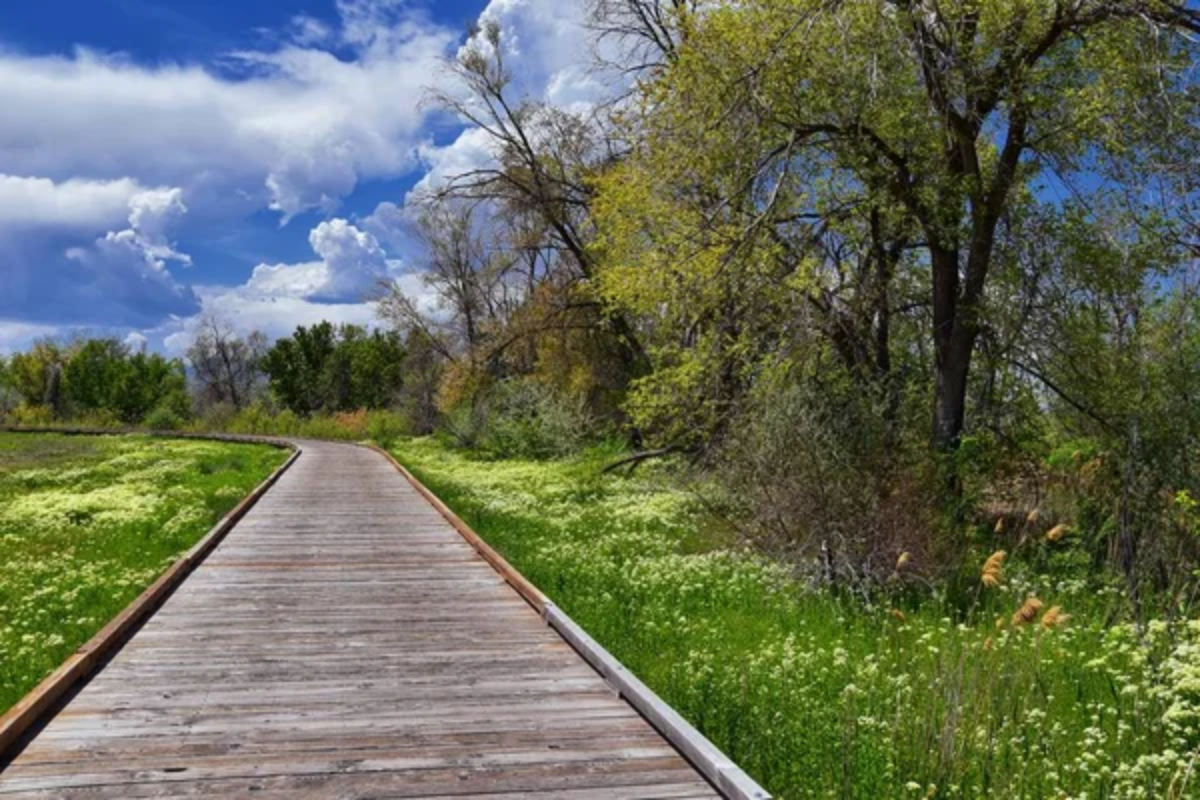
Florida’s Legacy Trail stretches 10.6 miles along the former CSX Transportation corridor from Sarasota to Venice. This paved trail passes through diverse ecosystems, including wetlands, prairies, and coastal areas that showcase the natural beauty of southwest Florida.
The trail’s connection to beaches and state parks makes it a destination for both residents and tourists seeking outdoor recreation in a subtropical setting.
Like Travel Pug’s content? Follow us on MSN.
Mount Vernon Trail
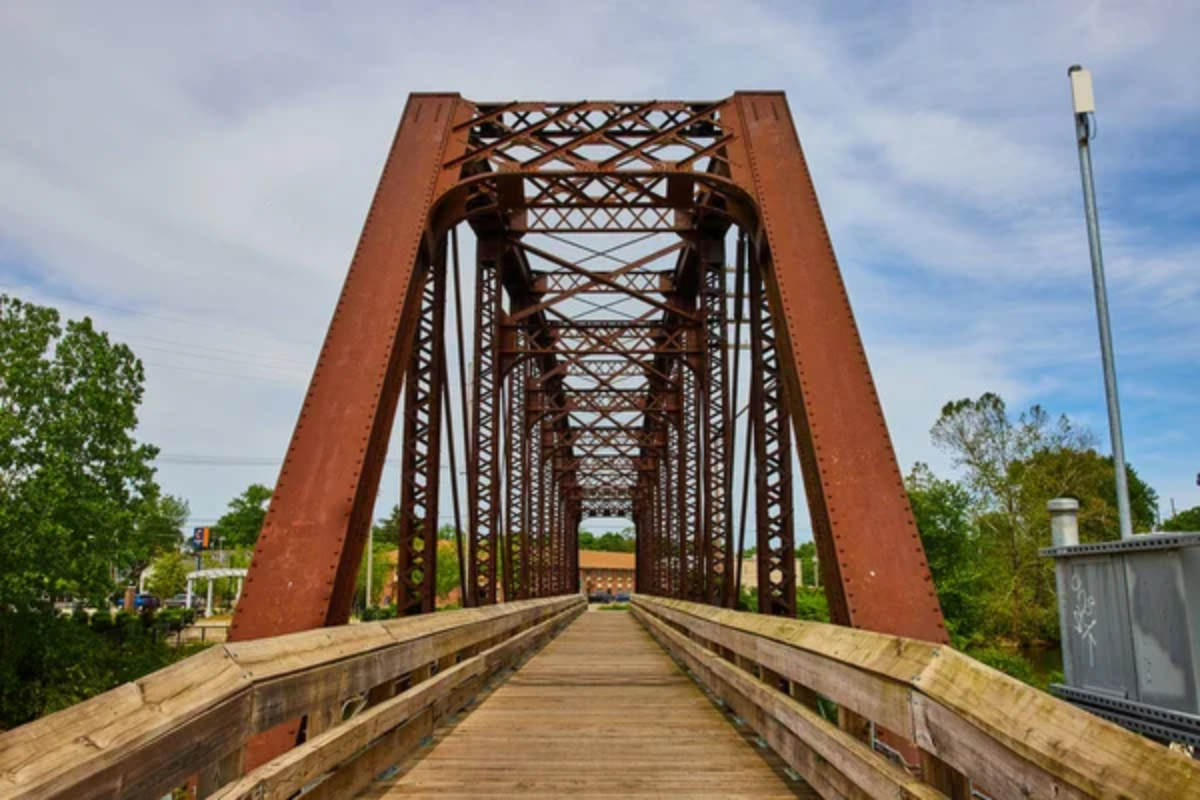
The Mount Vernon Trail follows 18 miles of mixed corridor, including former railway sections, along the Potomac River from Theodore Roosevelt Island to Mount Vernon. This paved pathway connects Washington, D.C., to George Washington’s historic estate while providing views of the nation’s capital from across the river.
The trail demonstrates how rail-to-trail concepts can be integrated with historic preservation to create educational recreational experiences.
East Bay Bike Path
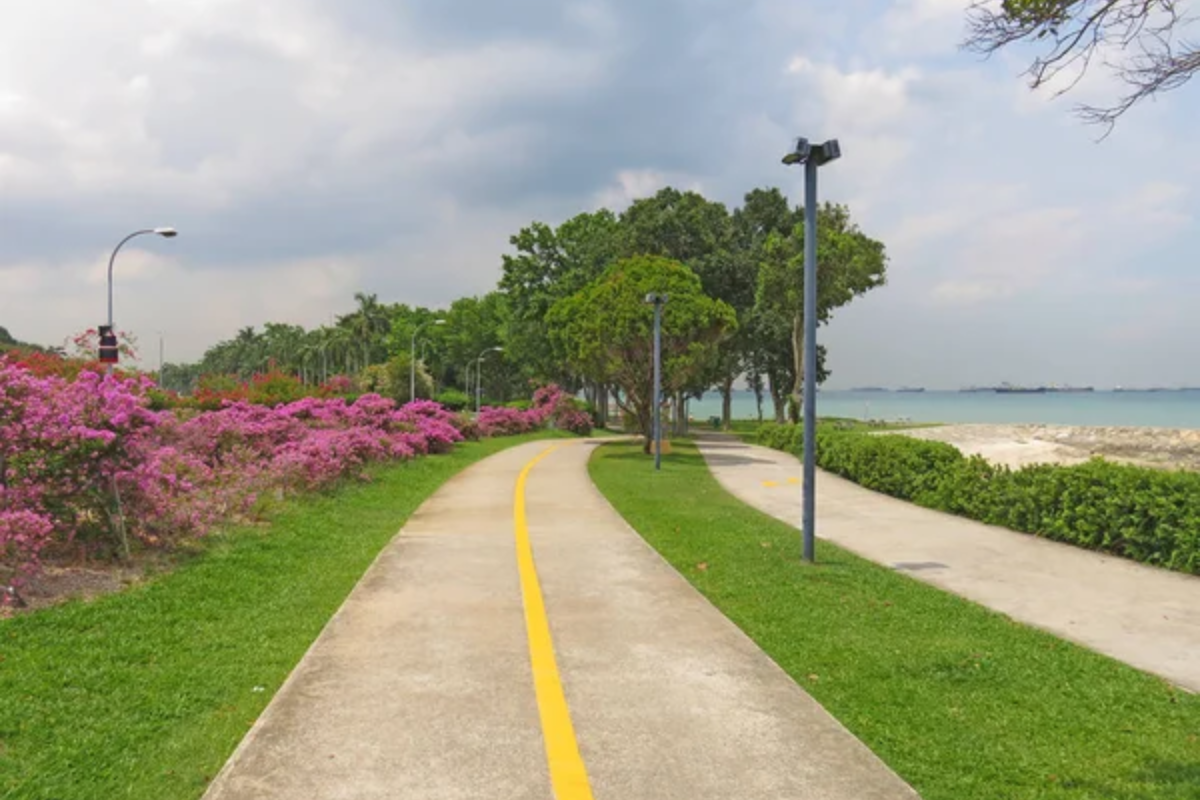
Rhode Island’s East Bay Bike Path follows 14.5 miles of former New York, New Haven and Hartford Railroad corridor from Providence to Bristol. This paved trail passes through coastal communities while providing views of Narragansett Bay and access to historic sites throughout the region.
The trail showcases how rail-to-trail conversions can preserve transportation corridors while adapting them to serve modern recreational and commuting needs.
Iron Horse Trail
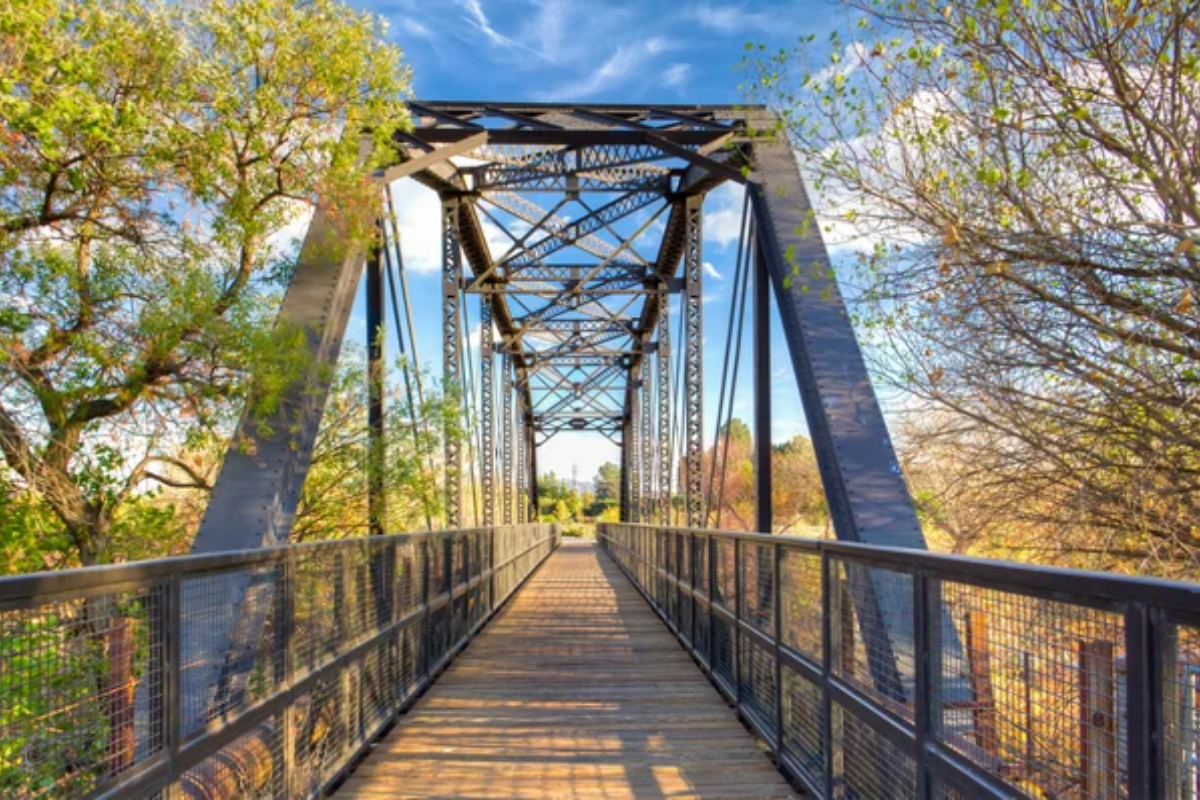
The Iron Horse Trail extends 32 miles through California’s East Bay along the former Southern Pacific Railroad corridor from Concord to Fremont. This multi-use trail passes through diverse communities while providing a car-free transportation option in one of America’s most congested metropolitan areas.
The trail demonstrates how rail-to-trail conversions can address modern transportation challenges while preserving linear open space in rapidly developing regions.
Like Travel Pug’s content? Follow us on MSN.
Chief Ladiga Trail
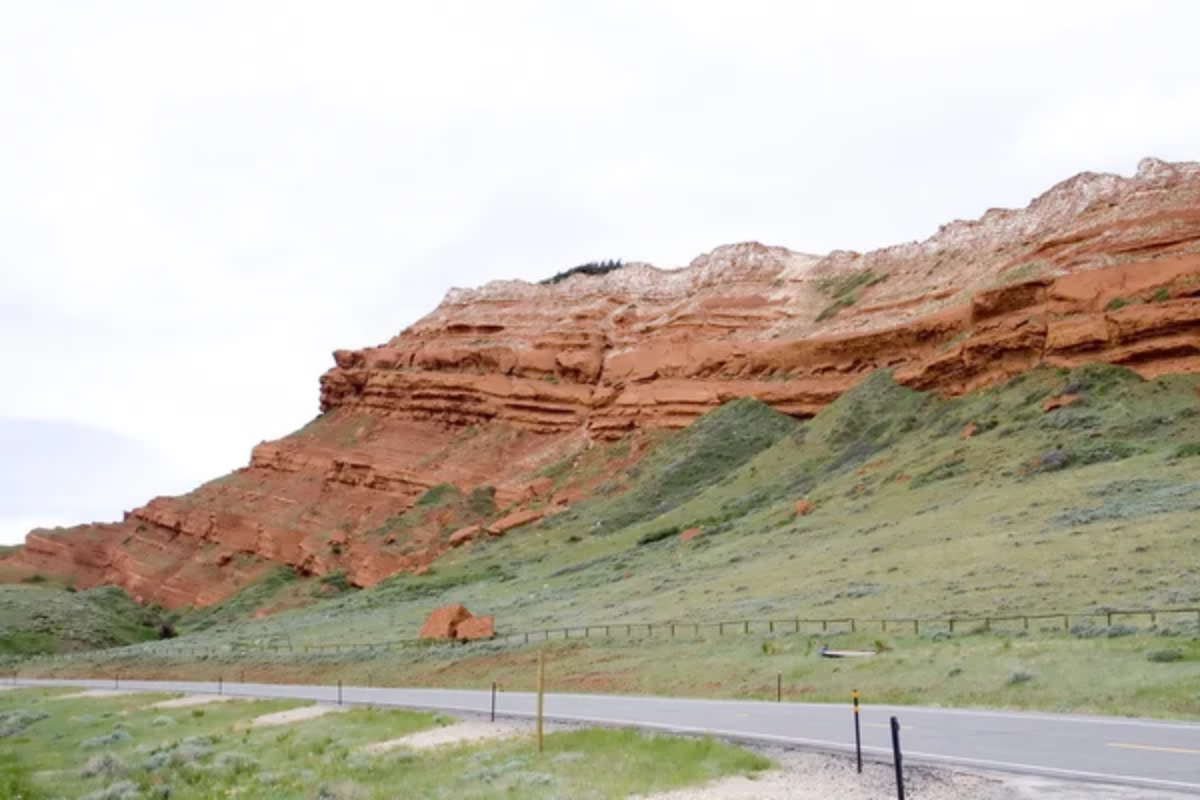
Alabama’s Chief Ladiga Trail covers 33 miles of former CSX Railroad corridor from Anniston to the Georgia state line, where it connects with Georgia’s Silver Comet Trail. This crushed stone trail passes through small towns and rural landscapes that showcase the natural beauty of the Appalachian foothills.
The trail’s connection to the Silver Comet creates a 95-mile continuous pathway that demonstrates the potential for interstate rail trail cooperation.
Silver Comet Trail
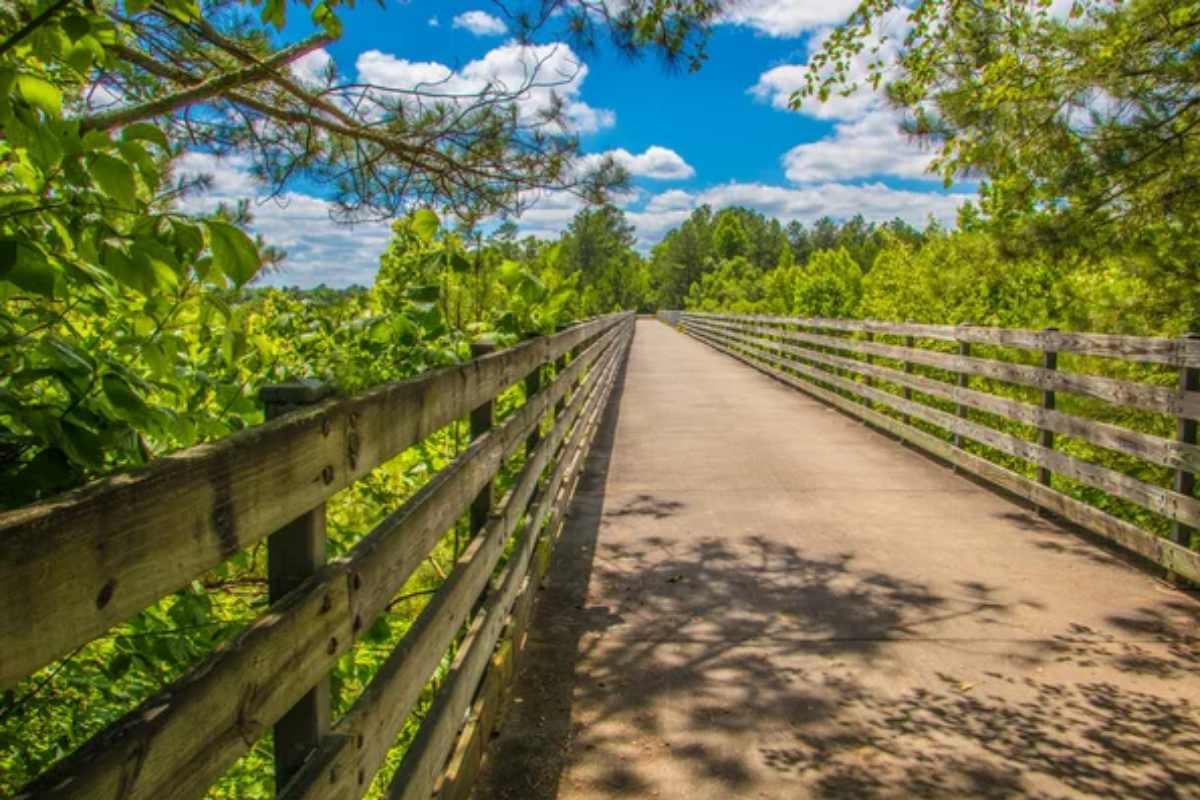
Georgia’s Silver Comet Trail follows 61.5 miles of former CSX Railroad corridor from Smyrna to the Alabama state line. This paved trail passes through suburbs, small towns, and rural areas while maintaining the gentle grades that made the original railway practical for steam locomotives.
The trail’s length and quality surface attract cyclists from throughout the Southeast while providing economic benefits to communities along its route.
Virginia Creeper Trail
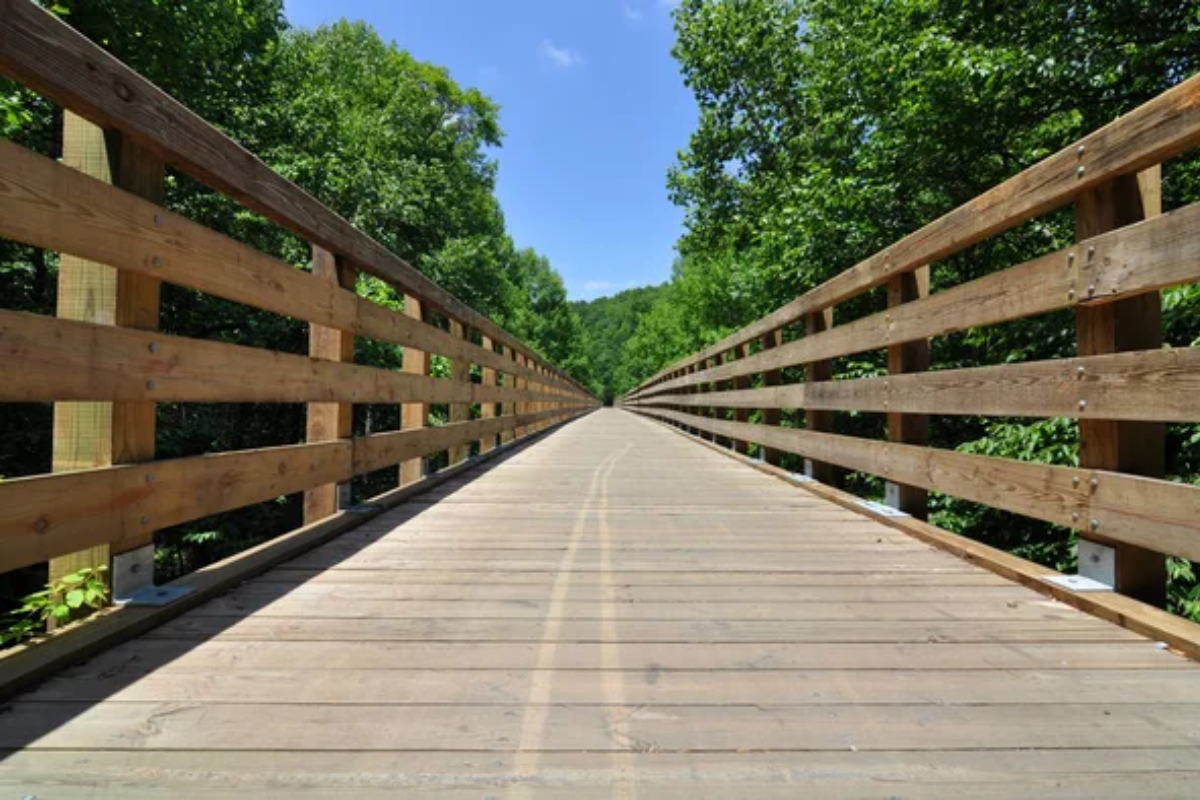
The Virginia Creeper Trail follows 34.3 miles of former Norfolk and Western Railway corridor through the mountains of southwest Virginia from Abingdon to Whitetop Station. This crushed stone trail passes through some of the most beautiful mountain scenery in the eastern United States that Native American tribes, including the Cherokee, and early settlers used for centuries.
The trail’s connection to Appalachian history and culture makes it a destination for both recreational users and those interested in regional heritage.
Like Travel Pug’s content? Follow us on MSN.
Cowboy Trail
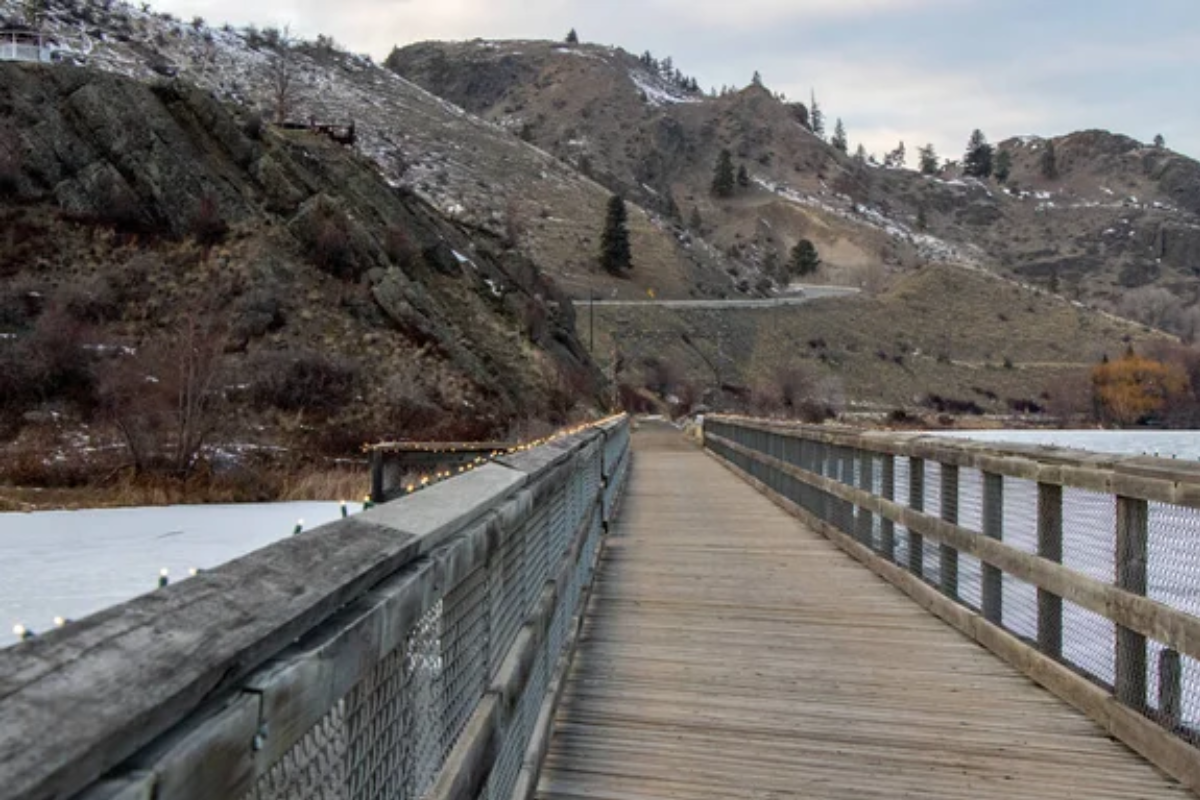
Nebraska’s Cowboy Trail will eventually cover 321 miles of the former Chicago and North Western Railway corridor, making it the longest rail trail in America when completed. The finished sections already demonstrate how rail trails can serve rural communities by connecting small towns and providing recreational opportunities in areas with limited public amenities.
This project shows the potential for rail-to-trail conversions to revitalize rural economies while preserving transportation infrastructure.
Greenbrier River Trail
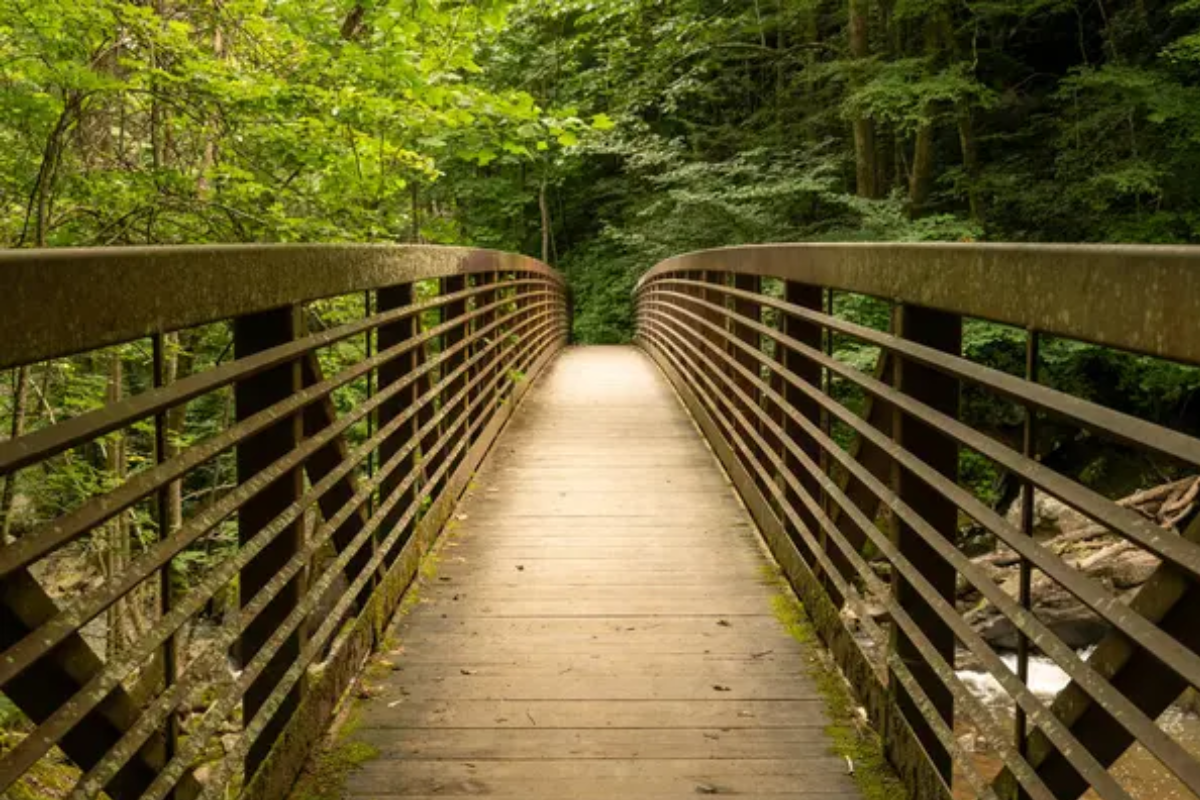
West Virginia’s Greenbrier River Trail follows 78 miles of former Chesapeake and Ohio Railway corridor through some of the most pristine wilderness areas in the eastern United States. This crushed limestone trail passes through 35 bridges and two tunnels while following the meandering Greenbrier River through largely undeveloped mountain valleys.
The trail demonstrates how rail-to-trail conversions can provide access to natural areas that would otherwise be difficult to reach.
Paul Bunyan Trail
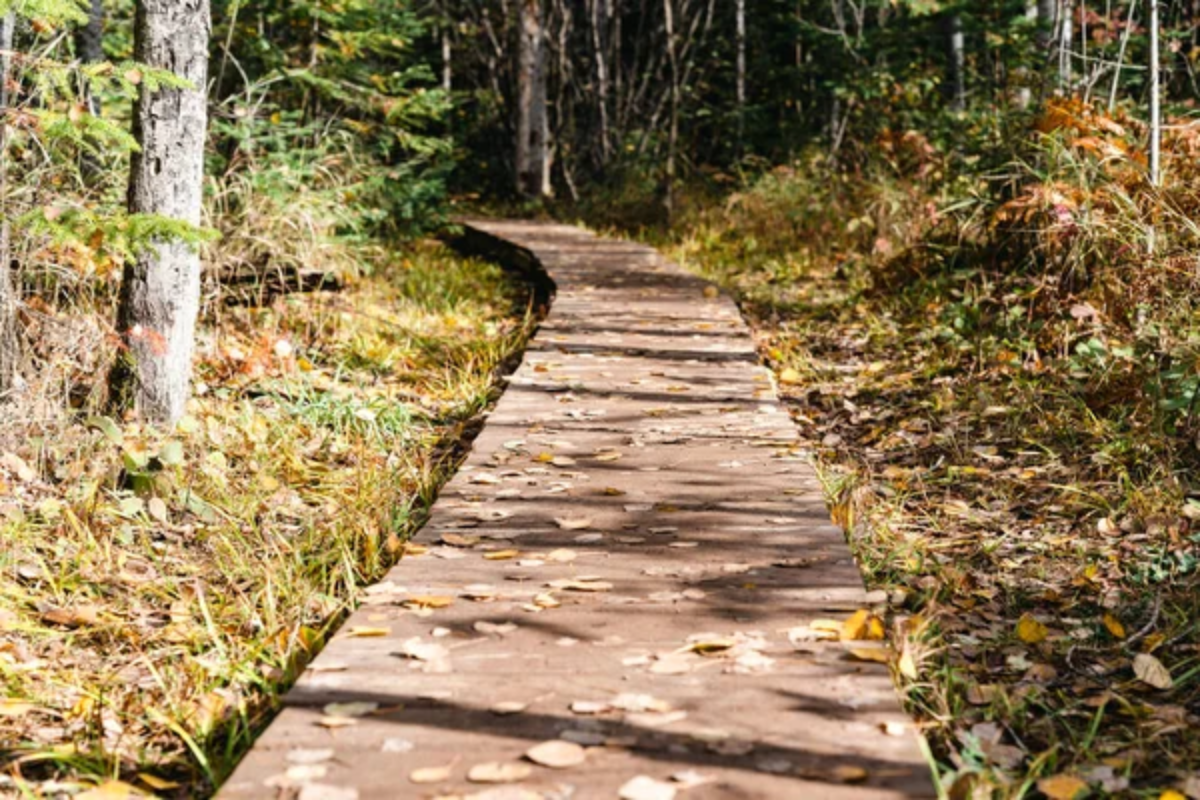
Minnesota’s Paul Bunyan Trail covers 120 miles of former Burlington Northern Railroad corridor from Brainerd to Bemidji through the heart of the state’s lake country. This paved trail passes through forests and prairies and past dozens of lakes while connecting communities that were originally served by the railway.
The trail showcases how rail-to-trail conversions can preserve transportation links between rural communities while adapting them to serve modern recreational needs.
Like Travel Pug’s content? Follow us on MSN.
From Steel Rails to Green Trails
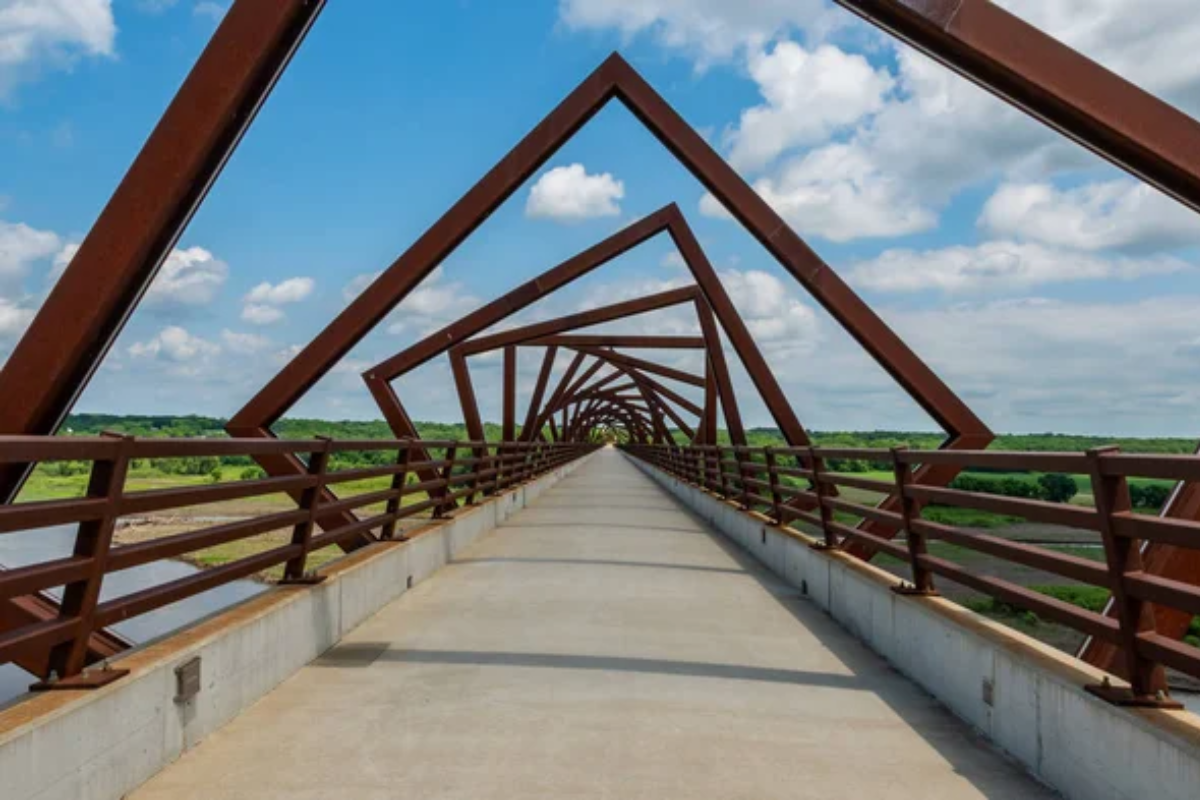
These remarkable transformations demonstrate how communities across America are reimagining abandoned transportation infrastructure as assets for the 21st century. The rail-to-trail movement has converted thousands of miles of unused railway corridors into pathways that simultaneously serve recreation, transportation, and economic development.
What began as practical solutions to abandoned railway problems has evolved into a nationwide network of trails that connect communities, preserve history, and provide healthy outdoor recreation opportunities for millions of Americans. These linear parks prove that sometimes the best way forward involves following the paths that previous generations built, just at a more human pace.
More from Travel Pug

- 20 Best Beach Towns in the Carolinas
- 13 Destinations Where Tourists Regularly Regret Their Trip
- 20 Destinations That Are More Magical Without an Itinerary
- 20 Underrated Adventures That Belong on Your Travel List
- 20 Cities Where You Should Just Wing It, No Planning Required
Like Travel Pug’s content? Follow us on MSN.
